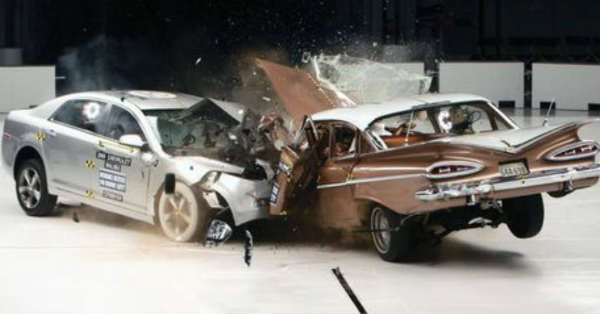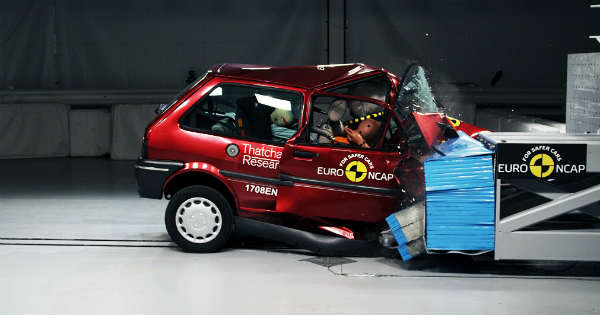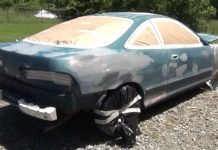Between 1994 and 2014, the number of fatalities per 100 million miles driven in the United States fell from 1.73 to 1.08, according to Wired.com. Last year, 32,850 people died in motor vehicle accidents, a huge drop from the over 43,500 fatalities in 2005. While getting behind the wheel is likely the riskiest thing you’ll do on any given day, advances in car safety are increasing at an unprecedented pace. In fact, when it comes to motor vehicles, it’s like an entirely different world in 2018, compared to before the turn of the new millennium.

Cars Are Built to Keep Humans Safe During a Crash
Automobile manufacturers use a variety of steel strengths and materials in the frame of a vehicle in order to redistribute crash forces and keep passengers protected. By using softer metals on exterior parts of the car, gradually using steel that’s stronger in “crush zones,” the violent, powerful energy from an impact is better controlled. Having more airbags also helps.
Changing Technology in Tires
Tires are one of the most important components when it comes to vehicle safety, as the only thing between the road and your car. The CAIS, or “Contact Area Information Sensing,” is a technology that has a sensor attached to tires’ interior walls, monitoring how tires interact with the surface of the road. It can check road conditions, determining if the surface is wet, dry, icy, slushy or covered in fresh snow, and then sends that information real-time to the driver on a digital screen.
Of course, properly mounted tires are a must for safety too. An experienced tire and wheel assembly company utilizing the most advanced tire mounting machines available today go a long way in producing safer vehicles.
Rear-View Cameras
You might think rear-view cameras are only a recent invention, technology that’s designed to offer drivers a better look to avoid a backup collision, but they were actually first used in the 1956 Buick Centurion concept car. It had a rear-mounted TV camera that delivered images to a screen in the dashboard instead of a rear-view mirror. The cameras first began used in car production in 1991. It’s a standard in many vehicles today, though the rear-view mirror is included too.
Forward Collision Warning
Many vehicles are now including forward collision warning systems as well. Once only available in luxury automobiles, they’re becoming more mainstream, using front sensors to detect what other cars on the road are doing, warning drivers if a collision seems likely. There are also features like Lane Keeping Assist. These systems send an audio and visual alert to help a driver stay in his lane. If the car begins to drift outside of the intended lane, a warning signal is provided, potentially preventing an accident.






















